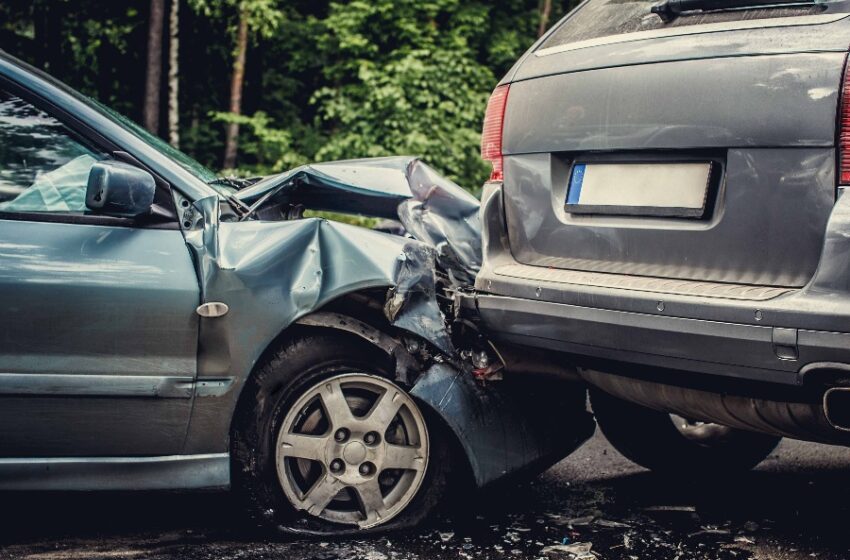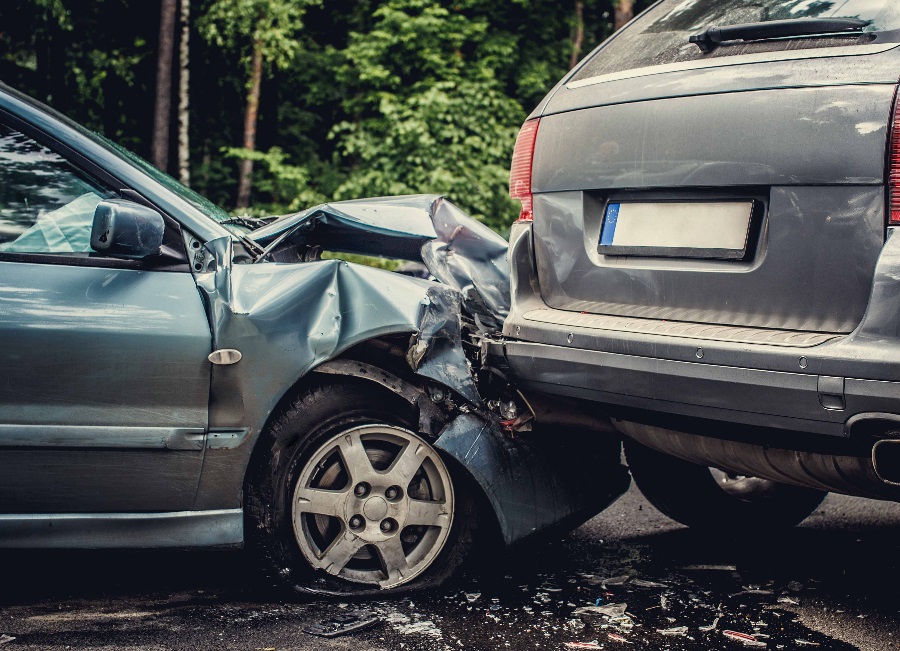Crash Test Scores: Unlock Life-Saving, Confident Vehicle Choices


Vehicle crash test scores are numerical ratings or metrics that assess a vehicle’s safety performance during various types of crash tests. These scores serve the purpose of providing consumers with a clear and standardized way to evaluate the safety of different vehicles. They are benchmarks or reference points that allow consumers to make informed decisions when purchasing a vehicle, as well as a means for regulatory agencies and organizations to assess and compare safety features across the automotive industry.
The Evolution of Vehicle Safety
The quest for vehicle safety has evolved alongside the automobile industry. From the first rudimentary crash tests conducted by car manufacturers in the early 1930s to the meticulously designed and well-documented tests we see today, the progress is staggering. Modern vehicle safety standards are significantly shaped by crash tests, which have become an indispensable tool in keeping motorists and passengers safe.
Understanding Crash Test Types and its Purpose
Overall Safety Rating:
The overall safety rating is often a composite score that takes into account the results of multiple crash tests, including frontal, side-impact, and rollover tests. The purpose of this rating is to provide consumers with a comprehensive assessment of a vehicle’s safety performance in different collision scenarios. A higher overall safety rating indicates a safer vehicle.
Frontal Crash Test Rating:
This rating assesses how well a vehicle protects occupants in a frontal collision. It typically includes a score for the driver and front passenger. The purpose is to evaluate a vehicle’s ability to mitigate injuries in a head-on crash, which is one of the most common types of collisions.
Side-Impact Crash Test Rating:
This score evaluates a vehicle’s performance in side-impact collisions, which can be particularly dangerous due to the limited space and protection on the sides of vehicles. It assesses the protection of both the driver and rear passengers.
Rollover Resistance Rating:
Rollover resistance scores provide an indication of a vehicle’s likelihood to rollover during an accident. Vehicles with a lower center of gravity and stability control systems tend to score higher, as they are less prone to rollovers.
Crash Test Dummies:
Crash test dummies, often represented in scores, measure the potential risk of injury to human occupants in a crash. These scores assess various body regions (e.g., head, neck, chest, and legs) to determine the likelihood and severity of injuries. Lower scores indicate a reduced risk of injury.
Safety Features and Equipment:
Crash test scores often consider the presence and effectiveness of safety features such as airbags, seat belts, electronic stability control, and advanced driver assistance systems (ADAS). Vehicles with more advanced safety features tend to score higher.
The purpose of these scores is to help consumers make informed decisions about the safety of the vehicles they are considering purchasing. The scores provide a simple and standardized way to compare different makes and models, allowing consumers to prioritize safety in their vehicle choices.
Consumers can use these scores as benchmarks to compare vehicles, and they can also consult these scores when regulatory agencies set safety standards and regulations for the automotive industry. As technology and safety features evolve, these scores are regularly updated to reflect the latest advancements in vehicle safety.
The Science behind the Tests
Crash Test Dummies: Crash test dummies are the unsung heroes of vehicle safety tests. These highly sophisticated mannequins are equipped with sensors throughout their bodies to measure forces, accelerations, and potential injury risks during a collision.
High-Speed Cameras: To capture every nanosecond of a crash, high-speed cameras are employed. These cameras record the deformation and movement of a vehicle in slow motion, allowing engineers to analyze the results in detail.
Instrumented Vehicles:
The test vehicles themselves are packed with sensors and data acquisition systems. These devices collect vital information about how the vehicle behaves during a crash, such as acceleration, deformation, and intrusion.
The Aftermath: Analysis and Improvement
The aftermath of a crash test is a wealth of data and insights. Engineers pore over the data, examining how well the vehicle’s structure and safety systems protected occupants. If the results fall short, the vehicle design is adjusted and tested again until it meets the safety standards.
The Future of Crash Testing
As technology evolves, so does the science of crash testing. Here are some exciting developments on the horizon:
Autonomous Vehicle Testing:
With the advent of autonomous vehicles, new forms of crash testing are emerging. These tests focus on how self-driving cars respond to emergency situations and interact with traditional vehicles.
Simulation and Virtual Testing: Advanced computer simulations are becoming increasingly vital in the development of safer vehicles. Virtual crash tests allow engineers to test numerous scenarios quickly and at lower costs.
Materials Innovation:
The use of new materials, such as carbon fiber and advanced composites, is changing the way vehicles are built and tested. These materials offer lighter weight and superior crash absorption, enhancing overall safety.
Conclusion
The science of vehicle crash testing is a dynamic field that continuously evolves to adapt to new vehicle technologies and safety demands. These tests, once mere collisions on camera, are now a cornerstone of automotive engineering, shaping the cars we drive and, most importantly, ensuring our safety on the road. As we look to the future, innovations in crash testing will undoubtedly play a pivotal role in making vehicles even safer, ultimately saving lives and reducing the severity of accidents on our roads.


